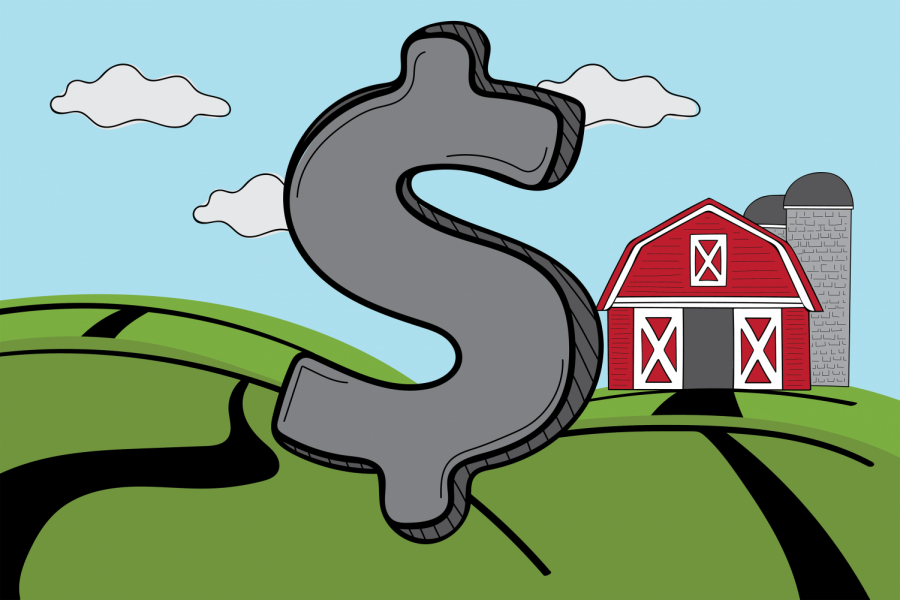A University of Minnesota study published in the summer by the School of Public Health found that nationally, rural areas have higher health insurance premiums and fewer options.
Led by Jean Abraham, a health economist at the University, the recent study examined the individual health insurance market. This market is important for those who do not access health care through an employer and do not qualify for public health insurance, like Medicare or Medicaid. About 14 million people have individual coverage in the U.S., according to The Commonwealth Fund, a health policy research institution.
This segment includes people who are early retirees, self-employed and small business owners. The individual market often caters to people who are between jobs and includes students who do not have access to student health insurance, like some recent graduates, Abraham said.
Analyzing national health care markets across the country, Abraham looked at the number of insurance providers and the monthly cost of health insurance.
“What we find is that how well a market does depends a lot on urban versus rural status,” she said. “In rural markets, there tends to be fewer insurers participating, and premiums tend to be higher.”
Although more providers have been participating in rural markets in the past couple of years, Abraham said insurance is still expensive, and less competition in rural areas often means insurers pay higher health care rates.
The individual health insurance market was expanded by the Affordable Care Act in 2014, and part of Abraham’s work has been analyzing its implementation. An important component of the Affordable Care Act was creating a market where individuals could purchase health insurance if they did not have access to a group health insurance plan through an employer.
Her study is unique in that it looks at the demographic characteristics of people in these markets. In markets that are considered more vulnerable, people have fewer choices and less predictability in the number of insurance companies available. According to Abraham, this market is largely composed of people of color, people who have poor health and people with less financial stability.
Carrie Henning-Smith, a University professor who studies health equity related to rural populations, said there are a number of reasons why health disparities exist in rural areas.
For one, it can be challenging for providers to offer services to smaller populations that are spread over large geographic areas. People living in rural areas also tend to be older and have a lower median income. This means people often have unique care needs but have a smaller financial base to support them, she said in an email to the Minnesota Daily.
Rural residents have more underlying health conditions and a disproportionate number of hospital beds, ventilators and other supplies needed to treat people with COVID-19, she wrote in the email. The pandemic can also cause people to avoid routine health care and checkups, which can further exacerbate rural-urban health disparities if people do not receive timely diagnosis and treatment for other conditions as well.
“When we look at health and health care on average across the U.S., we often overlook rural residents who make up less than 20% of the population despite the fact that rural areas cover more than 90% of all land area in the U.S.,” Henning-Smith said via email.
Given that millions of Americans have lost their jobs due to the pandemic, which includes access to employer-sponsored medical insurance, Abraham said more people will be reliant on Medicaid or the individual market for coverage.
“It’s really important to think about the sustainability of private health insurance markets, particularly this market segment, given the kind of economic volatility that we’re in right now,” she said. “I think going forward, there will be a lot of attention placed back on this market as the future of the [Affordable Care Act] and its provisions are determined by the Supreme Court.”
Image by Mary Ellen Ritter
Rural areas have higher health premiums and fewer options, UMN research finds
Researchers said COVID-19 has the potential to make disparities worse.
by Becca Most
Published September 10, 2020
0
More to Discover














